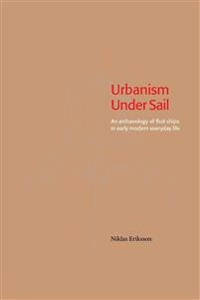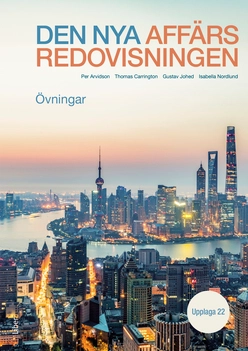

Urbanism Under Sail : An Archaeology of Fluit Ships in Early Modern Everyday LifeUpplaga 1
- Upplaga: 1a upplagan
- Utgiven: 2014
- ISBN: 9789187843020
- Sidor: 225 st
- Förlag: Södertörns högskola
- Format: Häftad
- Språk: Engelska
Om boken
Åtkomstkoder och digitalt tilläggsmaterial garanteras inte med begagnade böcker
Mer om Urbanism Under Sail : An Archaeology of Fluit Ships in Early Modern Everyday Life (2014)
I september 2014 släpptes boken Urbanism Under Sail : An Archaeology of Fluit Ships in Early Modern Everyday Life skriven av Niklas Eriksson. Det är den 1a upplagan av kursboken. Den är skriven på engelska och består av 225 sidor djupgående information om historia och arkeologi. Förlaget bakom boken är Södertörns högskola.
Köp boken Urbanism Under Sail : An Archaeology of Fluit Ships in Early Modern Everyday Life på Studentapan och spara pengar.
Referera till Urbanism Under Sail : An Archaeology of Fluit Ships in Early Modern Everyday Life (Upplaga 1)
Harvard
Oxford
APA
Vancouver



















